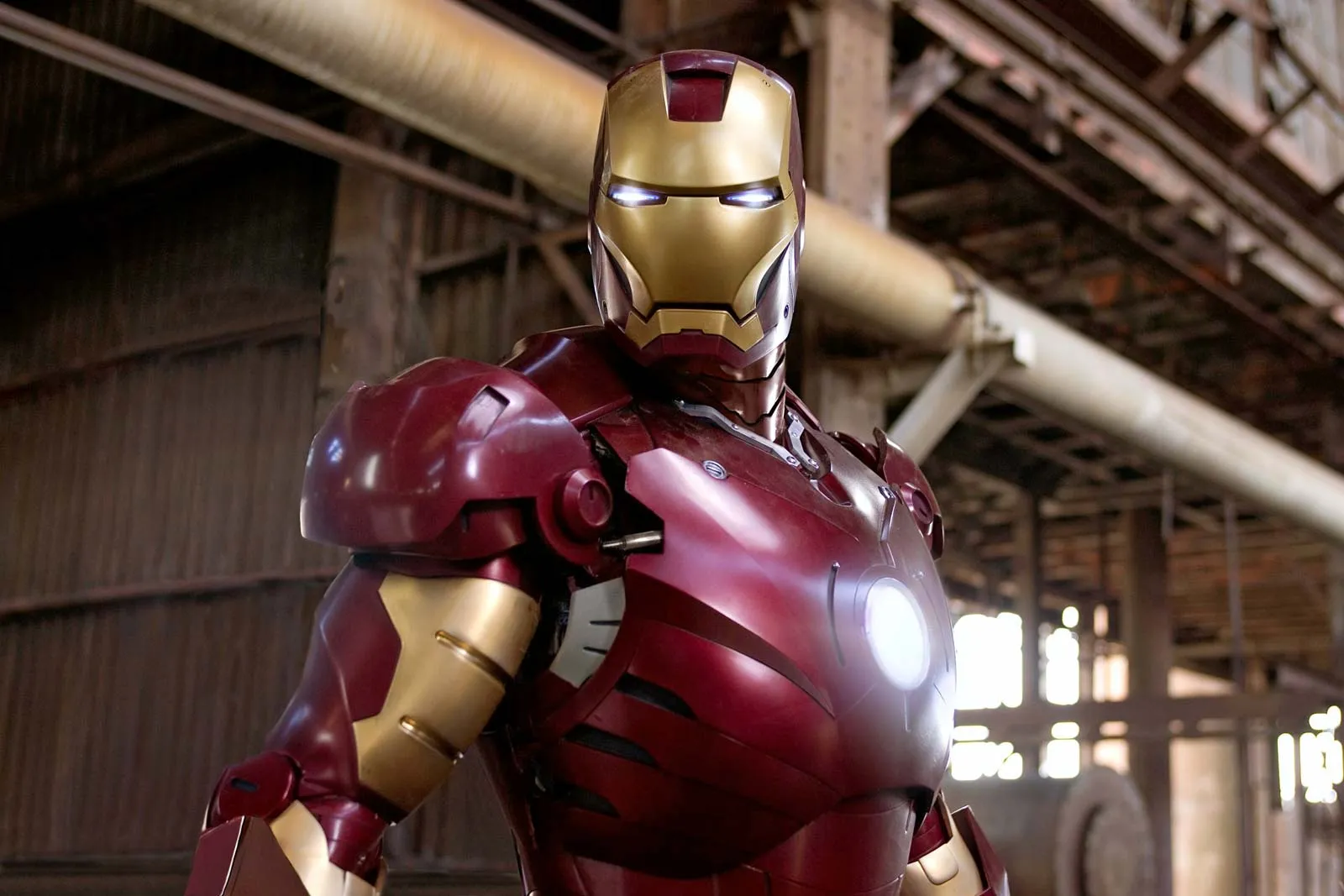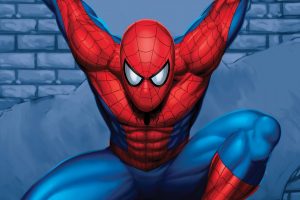Iron Man is one of the superheroes of the Marvel Comics universe. He fearlessly enters into uneven battles with criminals and aliens, performs numerous feats and solves humanity’s universal problems. No wonder the hero has millions of fans, not only in the United States but also in other parts of the world. What is the story behind the appearance of this hero, who he is, what superpowers he possesses and what is the significance of the image.
The story behind the appearance of Iron Man
After the incredible success of superheroes born in the pages of comic books during the war, interest in them visibly waned in the mid-1950s. Tired of war horror, people preferred adventure stories, science fiction, love stories with brave or romantic heroes. In the early 1960s there was a renewed need for heroes willing to save the planet. 1956-1970 is considered a time of artistic boom and incredible acceptance in the comic book market in the United States. The world saw superheroes such as Fakel Man, the Hulk and Spiderman. Among the heroes who gained cult status was Iron Man, a brilliant creation of cartoonists D. Heck and J. Kirby and writers Stan Lee and Larry Lieber. Iron Man’s baptism of fire took place in 1963 in the pages of Tales of Suspense (issue 39).
The hero’s birth was predetermined by the events taking place in America and the world. America was on the brink of the Vietnam War and the world was divided into two hostile camps in a state of cold war. At first, comics with a superhero had political overtones: the protagonist is an industrial magnate involved in the production and supply of special weapons to the US army. Later, the image of the hero would change fundamentally. The emphasis will be on the fight against crime and terrorism. The new hero was not immediately accepted by the readers. For five years, stories featuring him were printed in one-off comics and spin-off series. The hero’s visual image was constantly being refined, and it wasn’t until issue 48 of Iron Man Comics (1968) that he began to resemble his canonical incarnation. The editorial staff began to receive mountains of letters addressed to Tony Stark, signalling the beginning of his recognition. The character was so carefully written that even today, more than half a century later, he has lost none of his relevance.
The Tony Stark prototype
The prototype for Iron Man was a real-life American billionaire and creator of a business empire, Howard Hughes Jr. A successful businessman and talented inventor, he was noted for his eccentricity and adventurous spirit. An incorrigible ladies’ man, he scandalised the public with his flamboyant behaviour, but also had a penchant for reclusion due to schizophrenia. The biography of this incredibly colourful man was used as the basis for the character of Tony Stark.
The image of the hero
He is one of the most elaborate and controversial characters to appear in the pages of Marvel Comics. Tony Stark has a distinctly separate personal life, work and superhero adventures. To understand this, Tony Stark must be viewed separately from Iron Man.
Billionaire Tony Stark is the creator of Stark Industries, the largest corporation producing weapons and military equipment. A successful businessman, brilliant intellect, outstanding scientist, talented inventor and engineer, Stark is respected not only by his associates but also by his enemies and rivals. His ability to make split-second decisions allows him to defeat even his toughest rivals. He is a handsome fellow, popular with the ladies and an interesting conversationalist in any company, aided by his knowledge of six foreign languages. He is an eccentric, arrogant, alcoholic and funny man who has spent a lot of money on technology and charity. Tony Stark has blue eyes and black hair, wears a moustache and beard and is 185 cm tall.
Once Stark dons the Iron Suit, he transforms into Iron Man, a cyborg. The armoured suit makes Stark invulnerable, gives him superhuman abilities and an artificial intelligence that easily handles the toughest challenges. Thanks to a jet engine housed in his boots and gloves, he can fly. The hero’s clothing is equipped with flamethrowers and missiles, and he has repulsor beams on his arms. His helmet is equipped with communication and recording devices, successfully scans the terrain and information is immediately sent to headquarters. An arc reactor in Stark’s chest powers his armoured suits, invented by the hero himself. The suit for Stark is a part of himself; in fact, the suit and its owner are an inseparable unit. But even though Tony does not wear a suit, being a master of martial arts, he is capable of winning in hand-to-hand combat. At all times he is ready to defend the innocent, to fight the various terrorists, to fight for the triumph of justice. In doing so, he always adheres to his principles of morality, acting in accordance with his personal code of honour.
The significance of the character
Initially, the image of the hero who is the head of an arms corporation, the largest supplier of weapons to the US army, a fighter against communists, not very interested in young people, the authors of the comic book were counting on. In addition, in 1963 there was a wave of protests against the Vietnam War across America. The good thing about the first issues is that they establish two main paths for the Iron Man comic: Man versus Machine. Already in the first issues, the Machine saves the life of the Man: Tony Stark. Man’s dependence on the electromagnet in the Machine’s chest grows more and more. The legitimate question is, who is Stark? – The man who masterfully directs the suit, or the robot who has taken over the man.
Another area that has been further developed is Stark’s personality. In the first series he is portrayed as intelligent, talented, but carefree and self-centred, indifferent to the consequences of the weapons his company produces. After the tragic events of his kidnapping, Stark’s moral principles change radically. He is now a fighter against the universal evil represented by corrupt officials, terrorists and other supervillains. At the same time, he is an advocate of the latest technology capable of improving the lives of mankind, a promoter of charitable foundations.
You may also like:


